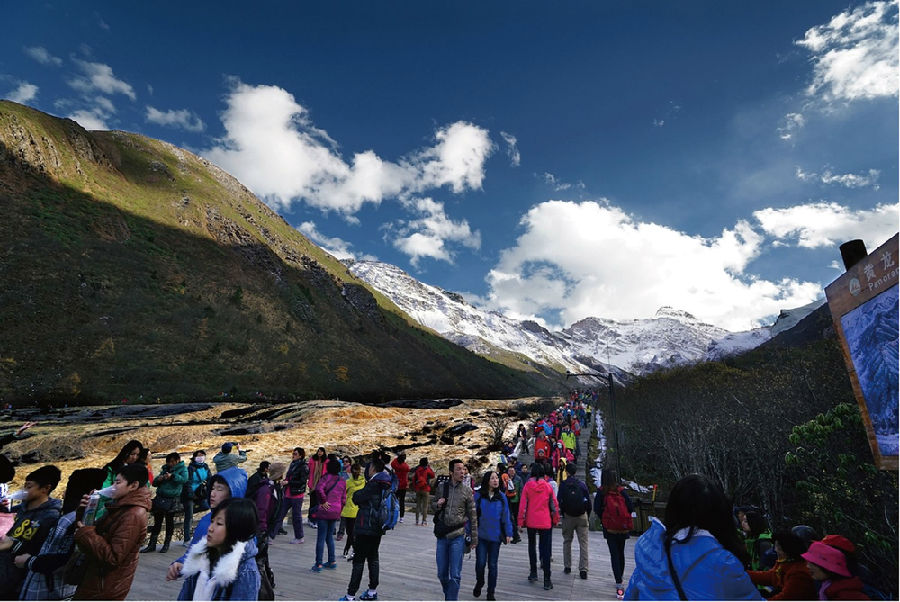(单词翻译:单击)
Anyone who has vacationed in the higher elevations of Colorado, such as Vail and Estes Park, will tell you altitude sickness can be a real problem.
任何在科罗拉多的高海拔地区,如韦尔和洛杉矶国家公园等旅游胜地度过假的人都会告诉你,高原反应真的是个很棘手的问题。
Loss of appetite, nausea, vomiting, weakness, dizziness, and difficulty sleeping can plague those visiting areas over eight thousand feet.
食欲不振,恶心,呕吐,虚弱,头晕,睡眠困难等症状可能会困扰着那些在海拔超过8000英尺区域的游客。
Altitude sickness results from the lack of oxygen at high elevations.
高原反应是由于高海拔地区缺氧造成的。

At thirteen thousand feet, every lungful of air holds only sixty percent of what it would at sea level.
在1.3万英尺的高处,每一次呼吸所含的空气仅相当于海平面的60%。
Despite that fact, many indigenous people live in areas of low oxygen concentration with few adverse effects.
尽管如此,许多生活在低氧地区的原居民很少出现不良反应。
The big question is, how do they survive?
那么问题是,他们是如何存活的?
The body can adapt to low oxygen levels by making more hemoglobin, an oxygen-carrying molecule in red blood cells.
人体通过制造更多的血红蛋白来适应低氧环境,血红蛋白是红细胞的氧气载体。
But too much hemoglobin over a long period of time can put a person at risk of blood clots, stroke, or chronic mountain sickness.
但是长时间摄入过多的血红蛋白会使人产生血栓、中风或慢性高原反应的危险。
译文为可可英语翻译,未经授权请勿转载!


